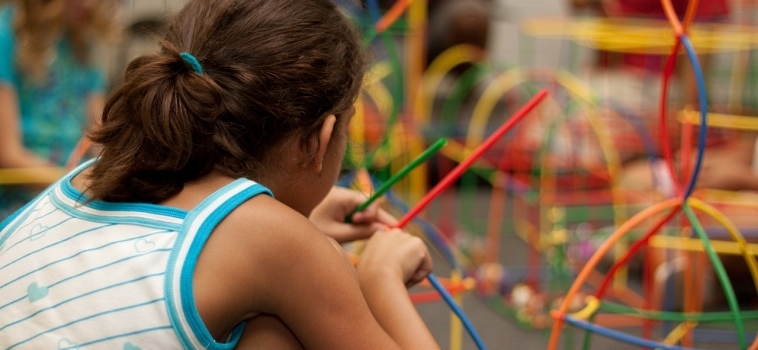In the last post I wrote about how to easily teach multi-age children. One of the ways is to use themes in your curriculum. In this post I will write about another way of integrating levels of abilities, specifically project-based learning.
Project-based learning starts with a question that children need to investigate and research to find the answer. Children work in groups to answer the question and present it in the form of a product such as a report, presentation, proposal, review, manual, a machine, an artwork, a performance or a service. The product should be something that is professionally produced and relevant to real life – not just a diorama!
The type of questions asked needs to be relevant in the real world that doesn’t require a simple answer. It has to spark your children’s imagination and require them to think. Some example questions are: how do planes fly? How can products be sold online and make millions? Why do we need to save the environment?
Project-based learning is great for homeschooling families who have different age children. All your children can work as a group to try to answer the question. They decide what needs to be done and how they will solve the problem. The best thing about this is that they learn to work together and communicate with each other to be able to finish the project.
Other advantages of doing a project-based learning are that it emphasises problem solving and creativity. It’s about answering real life questions based on children’s interests so your children will be motivated to learn and retain more of what is learnt. It teaches your child to be proactive and independent in their learning.
Since children make the decisions, it frees you up to do other things. Your only role here is to provide the question based on your children’s curiosity and to watch over and advise your children to make sure that they are on track. You also have to make sure that the work is fairly distributed and that not only the older children do all the work. One way to avoid this is to have a presentation at the end where each child presents what he did and learnt.
These are the steps to project-based learning:
- Children are presented with a question based on their interests to investigate.
- Children research different resources and gather information.
- Children analyse the information.
- Children derive knowledge from the information.
- Children demonstrate what they know in the form of a professionally produced project.
- Children present and exhibit their project.
For a handy infographic on the steps to project-based learning, head over to my blog http://teachingsimplified.blogspot.com/2015/10/infographic-steps-on-how-to-teach.html
- What I Learnt from the Social Media Challenge - December 23, 2018
- Cooking Activities for Ramadan - June 9, 2016
- How to Teach Through Project-Based Learning - October 19, 2015







Interesting post. Though my kids are not home-schooling, this could keep them and their cousins busy during holidays. Thanks for sharing
Haya recently posted…Versatile Themes for Online Magazines
Oh definitely have to keep them learning in a fun way during the holidays!
Jameela recently posted…Infographic: Steps on How to Teach through Project-Based Learning